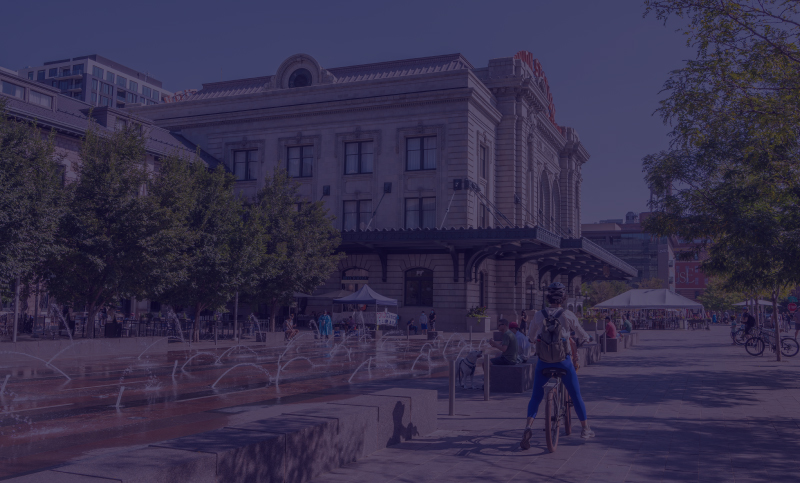How a Slip-and-Fall Injury is Defined
Walk into a store, slip on a wet floor that wasn’t clearly marked, become injured and it’s a slip-and-fall injury, right? It depends. Sometimes the incident is clear-cut; other times, not necessarily. It might be that there was a failure by the premises holder to maintain a safe surface; however, there can also be extenuating circumstances where no one except mother nature is at fault.
It is possible to take legal action for damages resulting from a slip-and-fall injury, but only when the circumstances are clear enough as to who is at fault. When an individual or a corporation operates a location that’s open to the public, there is a duty to ensure that the public is kept safe while on the premises.
Safety Measures Required by Law
By law, safety measures need to be in place at all times, and one of those measures is that all floors must be maintained and kept dry. Sometimes, the cause of a wet floor is a broken jar or bottle of something with liquid in it. In that situation, the floor should be marked with caution cones until the mess is cleaned up and the area is dry.
If the weather outside is wet or snowy, making it difficult to maintain dryness, mats must be put down to provide traction, and/or signs should be in place to warn passersby of the slippery conditions.
The overall goal is to prevent a floor or surface from becoming slippery, and if it is not possible to keep things dry, then the area should be marked to ensure that people are aware of the impending danger. When a premises holder fails to do either in a reasonable timeframe and a customer slips and falls, there is a responsibility on the owner’s part for any damages, provided the accident meets certain legal criteria.
Essentially, the premises holder has to be aware of the situation and fail to take measures to resolve it or warn people. For example, imagine it has been snowing heavily for some time and water is being tracked into a store. A slippery puddle has formed and has been there for quite some time in the heavily trafficked area. Despite knowledge of the danger, the owner or an employee fails to place mats and/or warning cones down.
Someone who has an accident in this kind of setting is more likely to have a case against the premise holder than not. In the event that the slip-and-fall accident happened outside the premises on the sidewalk, liability is more difficult to ascertain.
The responsibility over the maintenance of the sidewalk must be determined, and it’s also understood that there are going to be adverse conditions outdoors during certain types of weather. Depending upon who is responsible, the premises owner or city, someone must make an effort at some kind of maintenance, however, weather can thwart all reasonable efforts to keep an area free from ice or water and, as such, no one is essentially liable.
As you can see, it is best to talk to a lawyer after a slip-and-fall injury to learn more about potential courses of action. Sometimes a suit is worth pursuing; other times, not. A lawyer can help in determining the proper course of action. Learn more at: www.zanerhardenlaw.com.
Contact our Denver Slip And Fall Attorneys at Zaner Law Personal Injury Lawyers at (720) 613 9706
For more information, please contact the Denver slip and fall lawyers at Zaner Law Personal Injury Lawyers to schedule a free initial consultation with a personal injury lawyer.
We are located in Denver, CO, and proudly serve all of Denver County.
Zaner Law Personal Injury Lawyers 1610 Wynkoop Street, Suite 120. Denver, CO 80202 (720) 613 9706
Find us with our Geocoordinates: 39.75208145814397, -105.00017355026108
About The Author

Kurt Zaner has earned national recognition for his innovative legal strategies, securing some of the largest verdicts in Colorado. He assists injured clients in Denver with personal injury cases, including car accidents, truck accidents, wrongful death, motorcycle accidents, and more. Click here to view some of the fantastic case results that Zaner Law has successfully handled.
Location: Denver, CO


